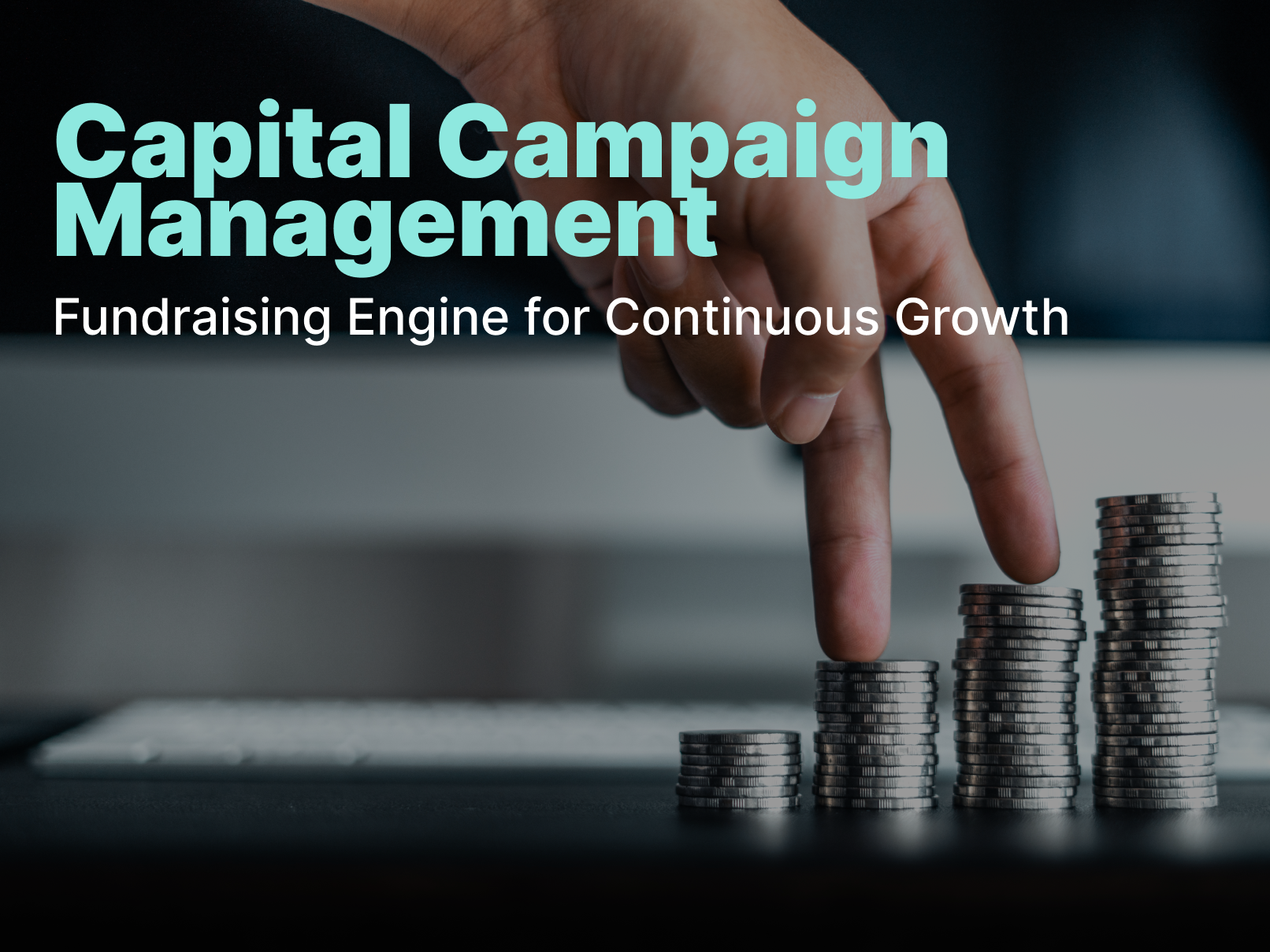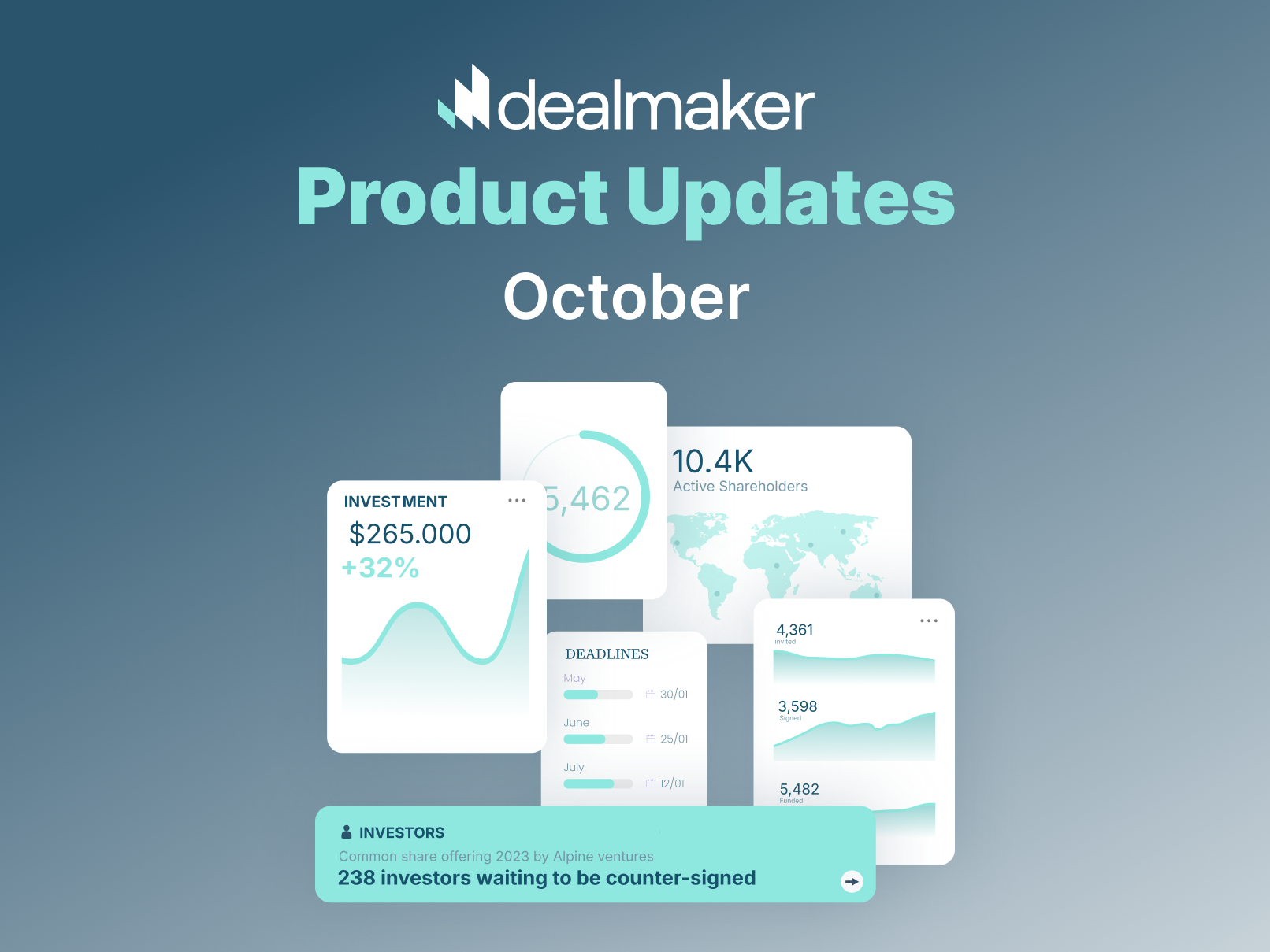Raise Capital
December 12, 2022
Bootstrapped vs. VC-Backed Companies Analysis
Bootstrapping and venture capital (VC) funding are different ways that a business can finance its operations and growth. Bootstrapping refers to the practice of starting and growing a business with minimal external funding, typically by using the founder's own resources and generating revenue from early sales. VC funding, on the other hand, refers to the practice of raising capital from venture capital firms by selling equity in the startup.
2022 was a tough year all around, and a study comparing SaaS performance for VC-backed and bootstrapped found bootstrapped businesses outperform their investment-backed counterparts across almost all of them. Here are the specifics behind the findings of Capchase research.

Below are five interesting findings that indicate bootstrapped companies have outperformed the VC one in 2022:
1. Growth Efficiency: Bootstrapped SAAS companies in the US have painted a picture of exceptional growth and efficiency when compared to their VC-backed counterparts. Such businesses, historically known for being fiscally conservative with their spending habits, are investing heavily in sustainable revenue generation practices that have seen remarkable results even amidst economic slowdowns. This indicates a greater emphasis on efficiency and long-term stability - strategies that have been successful so far.
2. Growth: Pre-downturn, venture capital-backed companies in the US and Europe enjoyed significant growth compared to their bootstrapped counterparts. However, this trend has reversed significantly since the global economic downturn, with those who had relied on venture capital seeing a sharp drop in performance. In contrast, bootstrapping firms have recovered much of their pre-downturn momentum. The reversal indicates the shift from traditional investment models towards more conservative approaches that prioritize sustainability over short-term gains.

3. Rule of 40: By judiciously monitoring expenses and investing in measured, smart growth, these companies can be profitable without overspending or relying solely on venture capital investments. Recent data indicates that while the growth achieved by bootstrapped and VC-backed companies is comparable, bootstrapped companies have a considerable margin advantage.
4. Margin & Expenses: Although all cohorts saw increased expenses, bootstrapped companies have managed their costs more effectively, keeping net losses limited. This is due to their ability to be more mindful of the funds that they have on hand and make calculated decisions about where to spend them. By contrast, the expenses of VC-backed companies are already at a higher level and have now reached even greater heights. VC-backed startups are often under pressure from investors to show growth in a reasonably short period and typically engage in increased, aggressive spending activity.
5. Runway: One reason why bootstrapped companies have protected their "runway" (i.e., cash flow on hand) better than VC-backed companies is that they are not under the same pressure to grow at an extremely rapid pace. Because they are currently not utilizing external capital investments, they can live without taking risk or be overly aggressive to appease investors and meet the expectations of a VC firm. Instead, they can take a more measured and cautious approach to growth, carefully conserving their resources and ensuring they have enough cash flow to sustain the business.
It seems that bootstrapped companies were able to achieve impressive revenue growth and compete with their VC-back counterparts in a downturn. By being careful with their money and using it efficiently, these companies achieved higher returns on investment than VC-backed companies in 2022. This shows that successful businesses don't always need large investments from outside sources to thrive. Instead, focusing on efficiency and innovative money management can be just as effective in driving growth and profitability.
While the long-term effects of the slowdown may still not be fully reflected in the market, the authors of the study seem optimistic about the SaaS ecosystem. If history is to serve as a guide here, some of the world’s largest and most resilient businesses have come out of previous recessions (Microsoft from the 1975 oil embargo recession, Electronic Arts from the 1982 recession, and Slack, AirbnB and Square from the 2009 recession). Only time will tell which future unicorns are born through this time period, but rest assured that those companies exist and are busy consolidating their market position and spending on growth right now.
Source: https://www.capchase.com/blog/saas-global-data-trends-on-startups

Your submission has been received. We will reach out to you via email to schedule a call.
Oops! Something went wrong while submitting the form.



.png)





.webp)
.webp)
.webp)
%20(1).webp)

.webp)